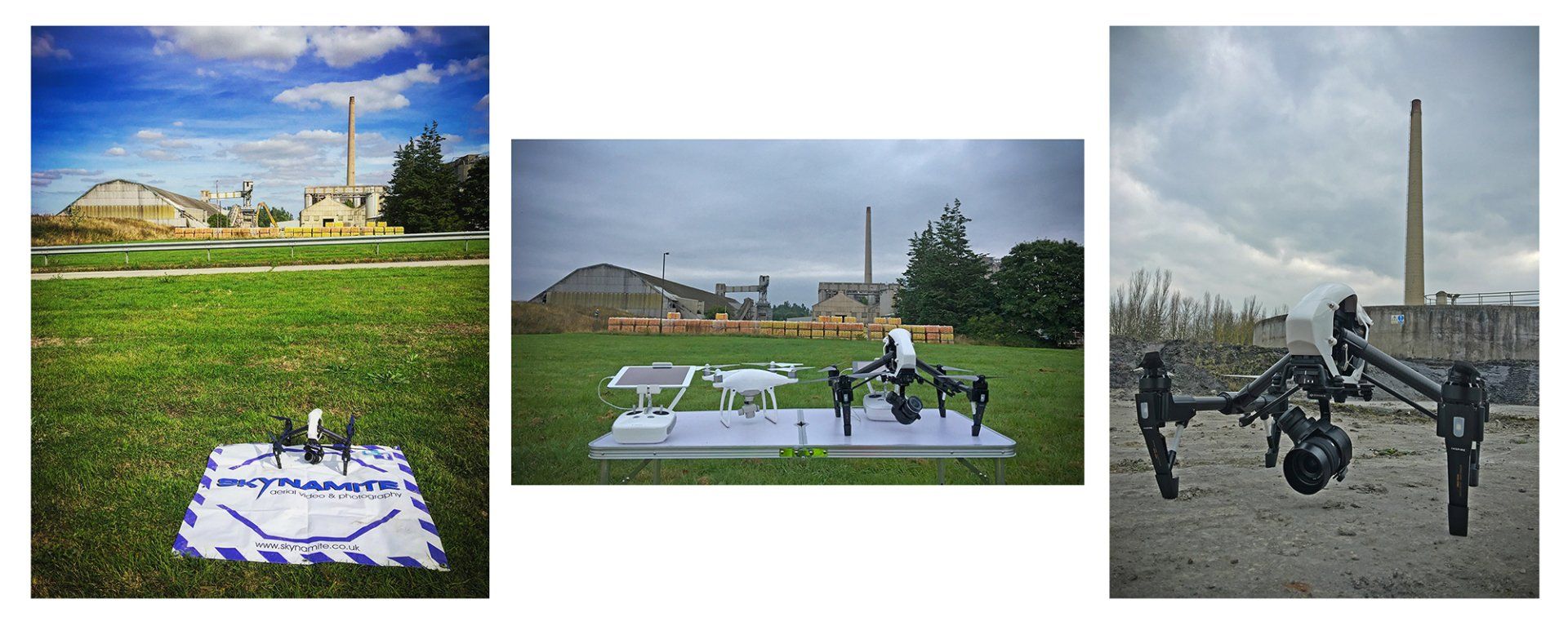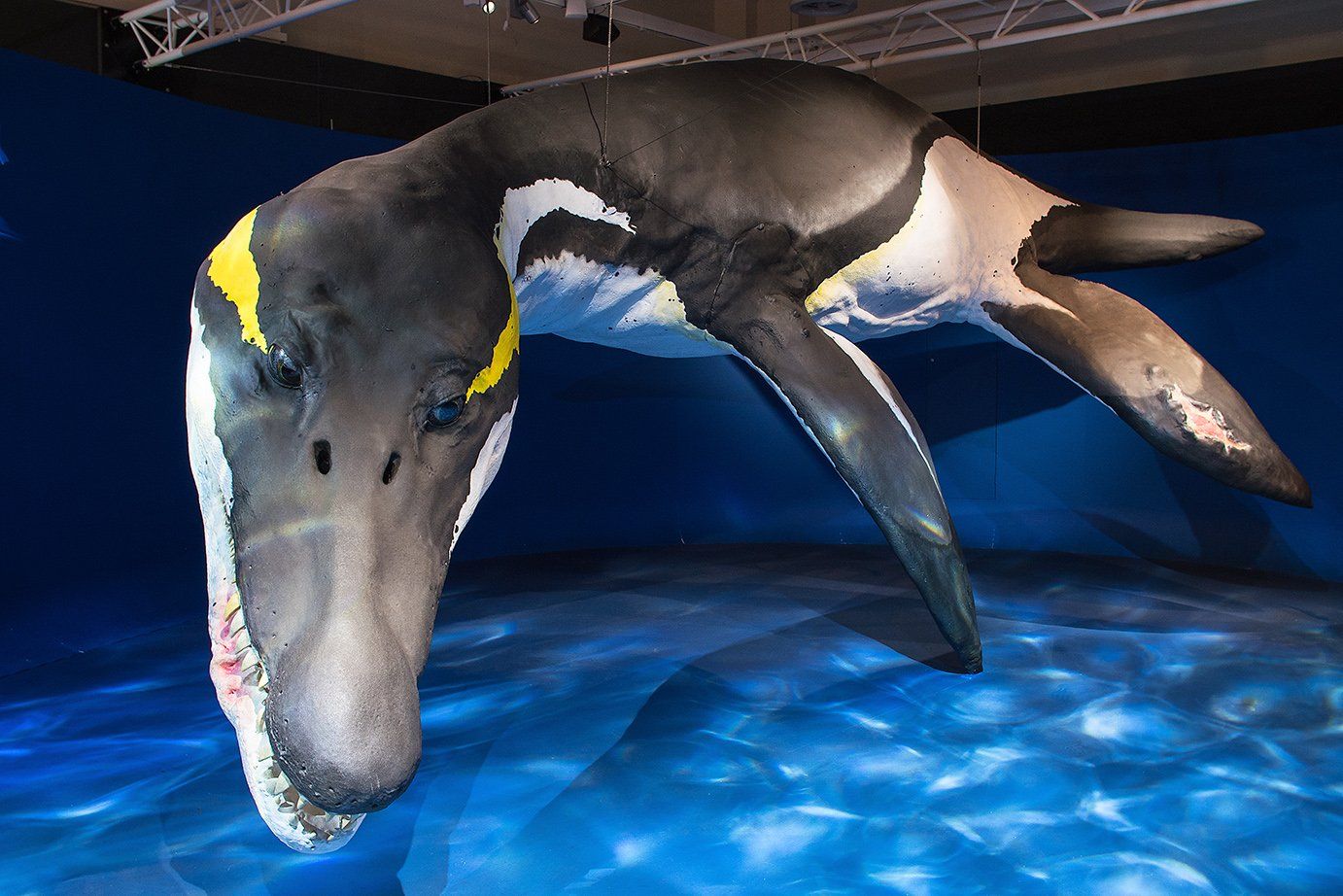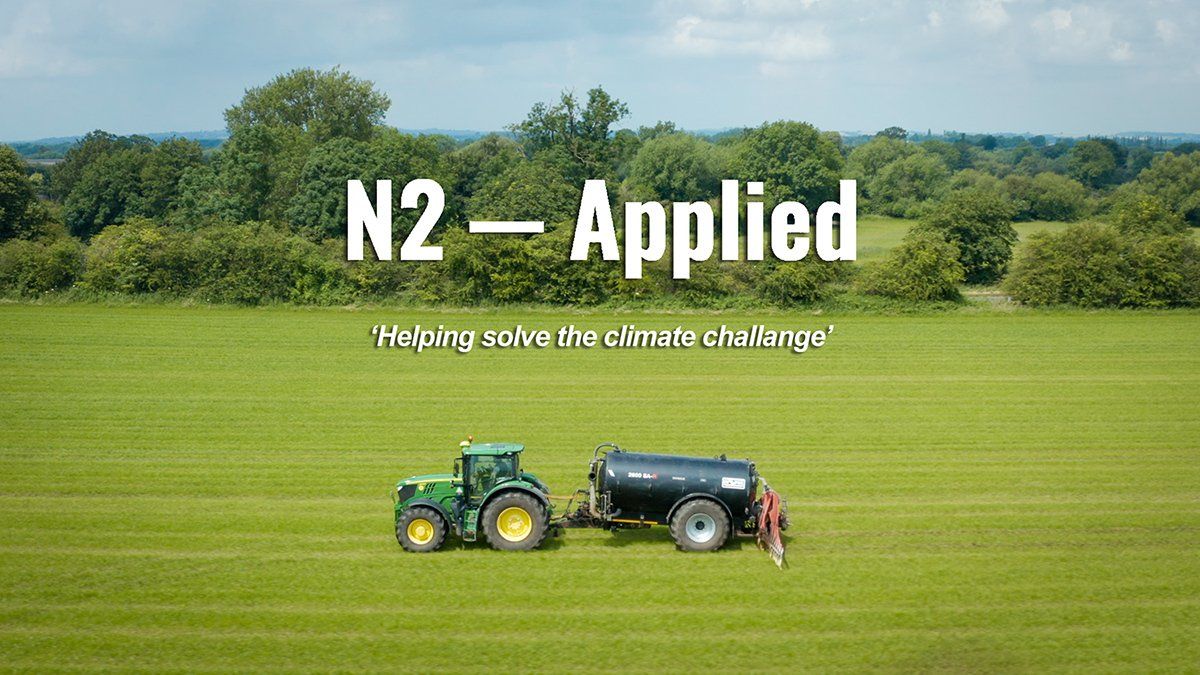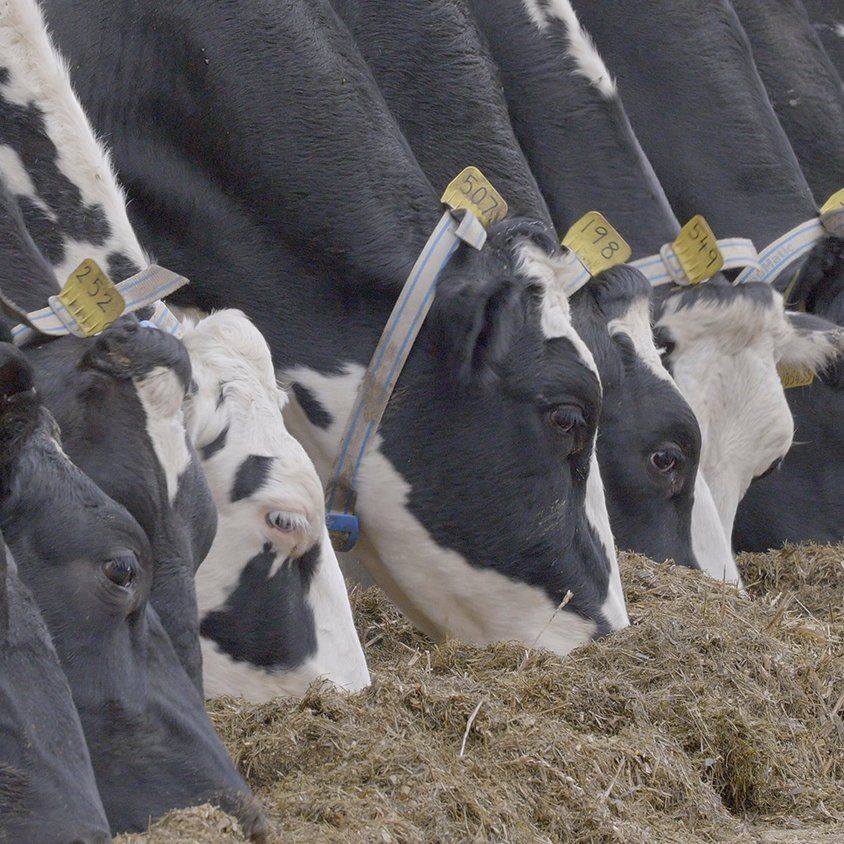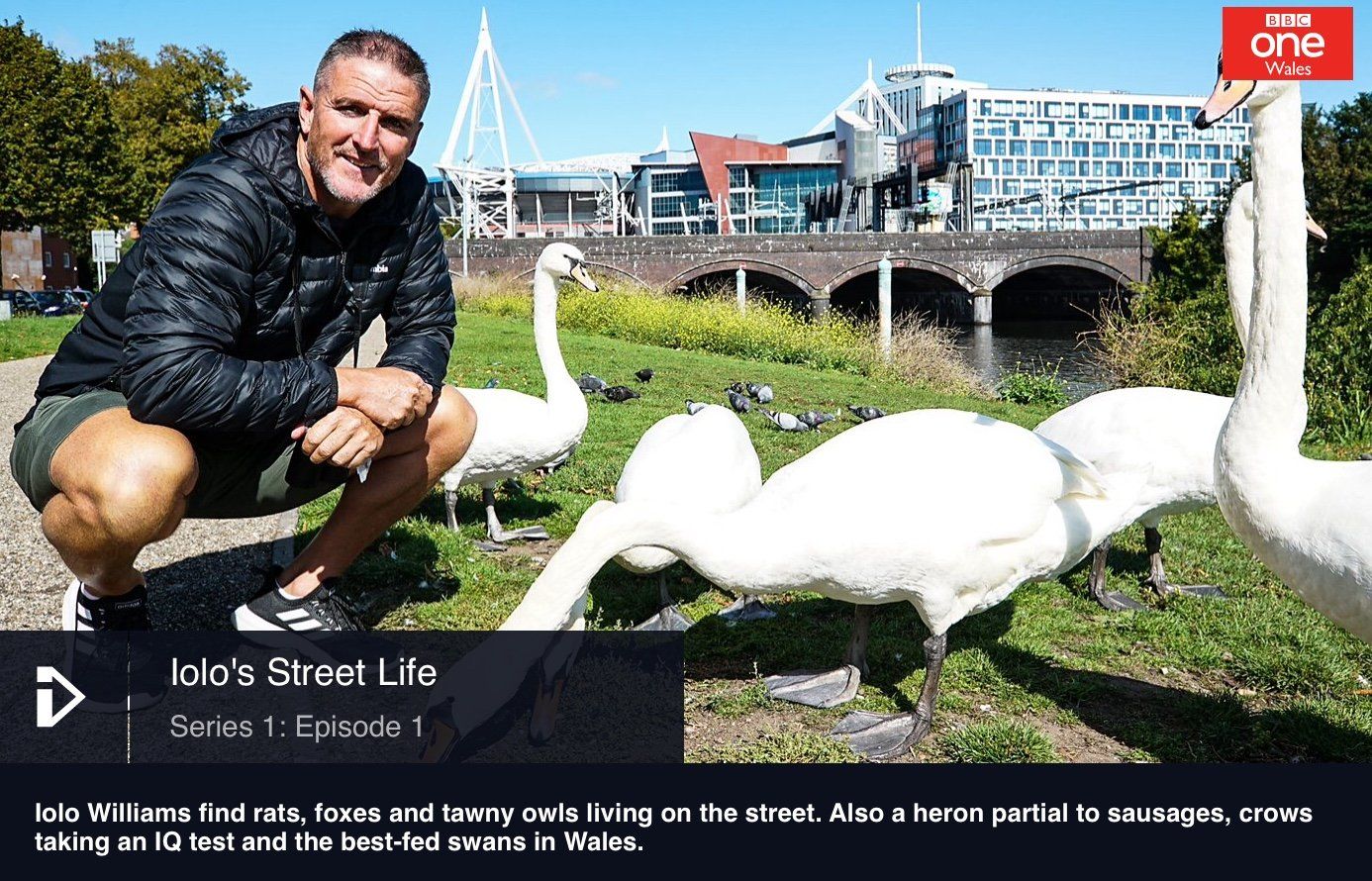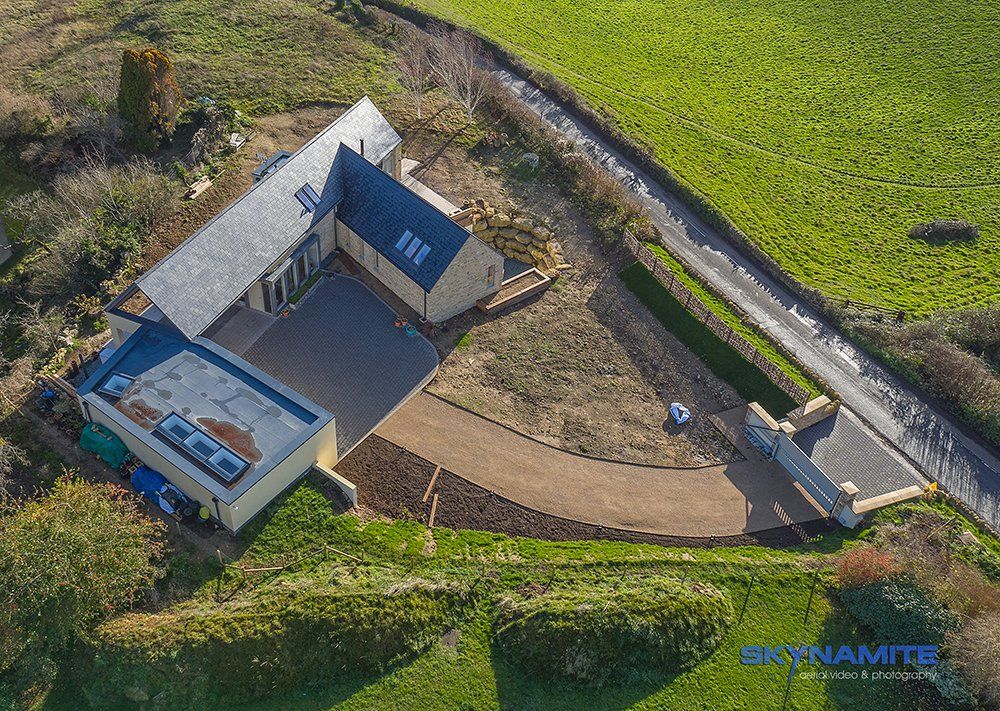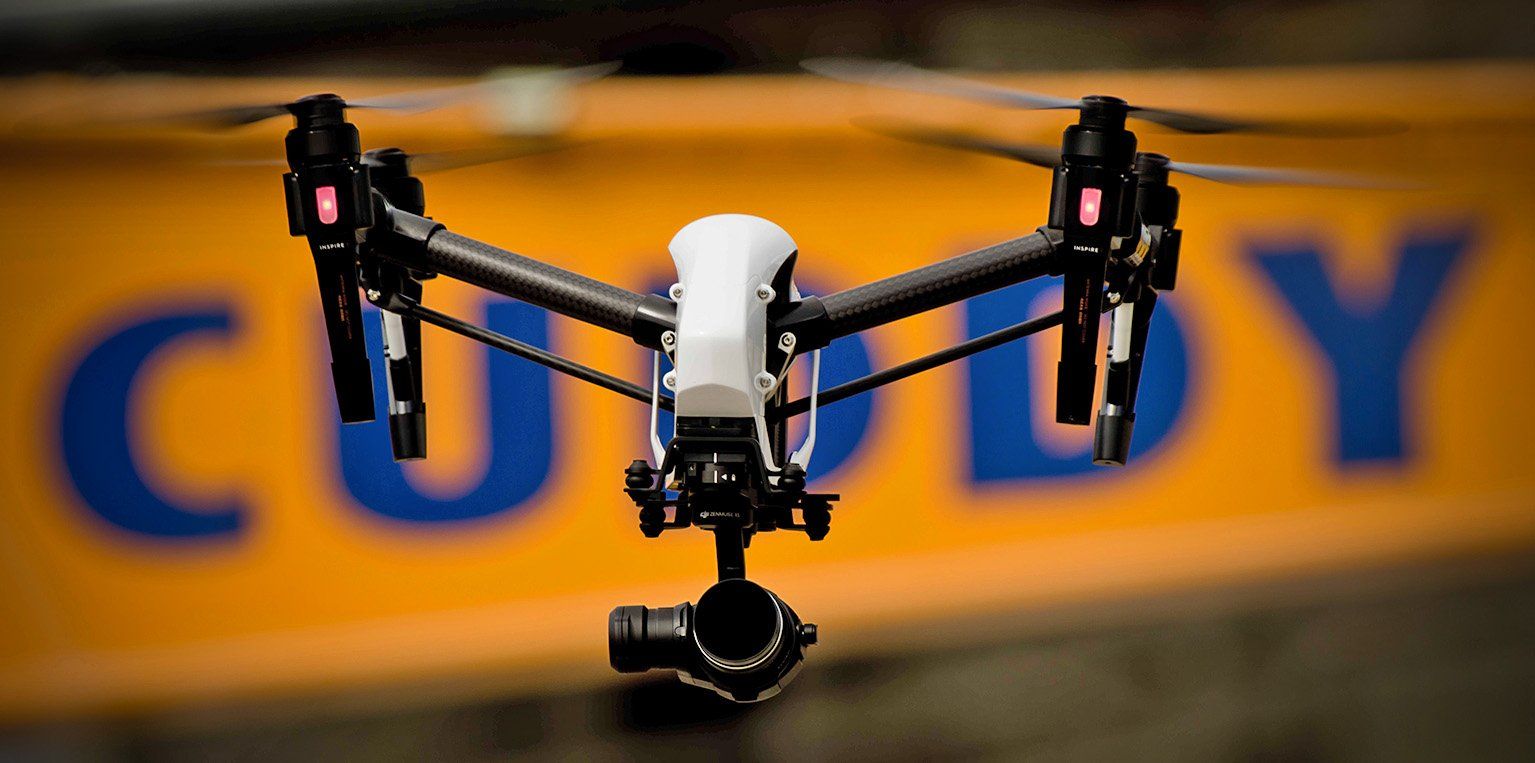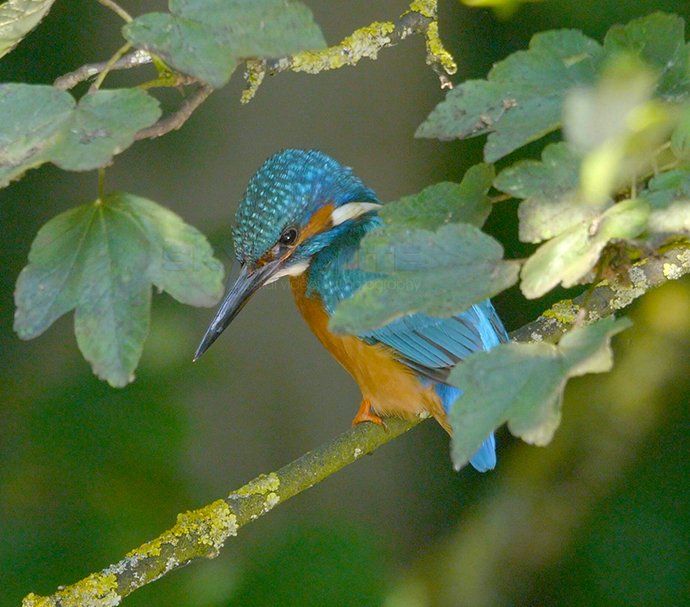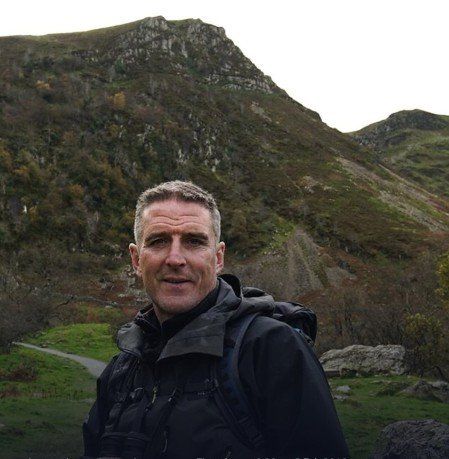The Story Behind The Book
When I started covering the demolition of the cement works, I hadn't originally planned on turning my time spent there into a book. But as the hours spent on site accumulated, I began to realise that there was more to the place than just old, dusty buildings. It was a place that was once alive. It was a place that was important. It was a place that should be remembered.
Once I knew that there would be a book on the horizon, it changed my approach to my visits to the noisy site; where machines slowly tracked around digging, hammering and cutting up the remnants of a once thriving industry. I now had to make sure that I took plenty of still images from both the drone and ground-based camera and I had to make sure that I recorded as much as possible. And with thoughts of the book constantly with me during those visits, I would begin to explore the cement works with renewed intrigue.
Archive Photography Gives an Important Insight
I was given permission to use archive black and white pictures that were taken during the construction of the site. I love taking pictures and I love looking at pictures and I found it truly fascinating trawling through them all. There were pictures taken during the construction of the two huge rotary kilns, the chimneys, the quarry - the entire construction had been documented. Looking back in time at a place that I had become so familiar with only added to my fascination of the works. It was also quite shocking to see the lack of health and safety that existed back then, with no PPE gear being worn by any of the construction workers!
Stunning Wildlife
I now also had the perfect excuse to spend more time with something that I am truly passionate about – wildlife. I would spend hours walking over the long since used clay pile in search of butterflies, reptiles and wild flowers. The wildlife that lived at the back of the site lay in juxtaposition with the silence shattering and ground shaking machinery that operated on a daily basis for eighteen months. Despite the disturbance, life went on for the mammalian, avian and reptilian life that inhabited the cement works. The highlight of my time spent with the wildlife was watching a family of Peregrine falcons. I was in the privileged position to be able to watch the parent birds rear their three chicks whilst I was concealed away in a building that once delivered cement clinker via a conveyor belt. It was dusty (as was the entire place) and uncomfortable, but it was worth every minute.
A Prehistoric History
I also learned of a far more ancient form of wildlife that once existed at the works. During the excavation of the clay that was used in the cement making process, many prehistoric fossils were unearthed. The fossil rich Kimmeridge clay, present as a sedimentary layer under the works, was a graveyard to many prehistoric marine reptiles from the Jurassic period, around 150 million years ago. The most famous of these reptiles was ‘Doris’, an eight metre long pliosaur. Her story would eventually see her end up with a new resting place, at the Bristol Museum and Art Gallery. When I was in the museum photographing Doris, I couldn’t believe that the first visit to the works had led me to this very moment, where I was stood facing the fossilsed remains of one of the most ferocious marine predators that ever lived!
The Demolition
Some of the time spent on site was frustrating and not so enjoyable. There were days when the weather wasn’t cooperative. Wind and rain would ground the drones and made stills photography challenging, sometimes impossible. Probably the most frustrating issue to deal with was when parts of the demolition didn’t go as planned. Occasionally there would be a building or structure that wasn’t prepared to give up its fifty-year grip on the land. This would lead to me being on site for most of the day, when the plan had been for that particular part of the works to be on the ground before the morning was out. During this time all I could do was hang around and wait. There were also some parts of the demolition that I filmed and was told immediately afterwards that I couldn’t publish it. However, now that the demolition company is no longer in operation, some of it may get to see the light of day in the near future. The same company also used some of my videos (without permission) and claimed them as their own. So I think that showing one or two things that didn’t quite go as planned is the least I can do!
Of course, from a demolition perspective, the highlight of the entire eighteen months was the works iconic 400ft tall chimney coming down. The landmark that was visible and known for miles around, came crashing to the ground at 7am on 18th September 2016. It was an exciting and nervous morning for my crew of four that had set up cameras and piloted drones to record the memorable event. It was a morning that none of us will forget.
A New Experience
This was my first book, and it did feel somewhat strange when I received my copies of it. Here I was, holding a book that had been professionally published – with my name on the front! It was something that I had dreamt about for a long time. I mean, doesn’t everybody want to write a book? But now it had actually happened, it didn’t feel real somehow. I was proud of it, I knew that much, but there was also some trepidation lurking within – how would it be received? Something else that was very strange to me was having to do the local press pieces. I never produced the book to get attention. I’m somewhat of a shy and quiet person and I am not a huge fan of being on the lens side of the camera, so being interviewed by the local press was a very alien experience to me to say the least! What was very enjoyable though was the small get together that I organised with Nigel Osman (the cement works site manager) for some of the works former employees to celebrate the launch of the book. It was lovely to meet them, and they all had fond memories of life at the cement works. Some of them hadn’t seen each other for years and a good time was had by all. These were the people that I had really produced the book for. One employee said something to me that meant more than anything anyone could have said. It struck a chord with me and proved that to some people at least, the book meant something. He said, ‘It’s good that you have taken the time to do the book. This place employed generations of family members, was a good employer and it’s important that it’s remembered’. This really did mean a lot to me. This was the reason I produced the book and I now knew that it had been worth the effort.
Click here for more info on the book - Westbury Cement Works: An Illustrated History.
Stay tuned to Skynamite's social media channels for details of a new cement works video coming in the very near future.

